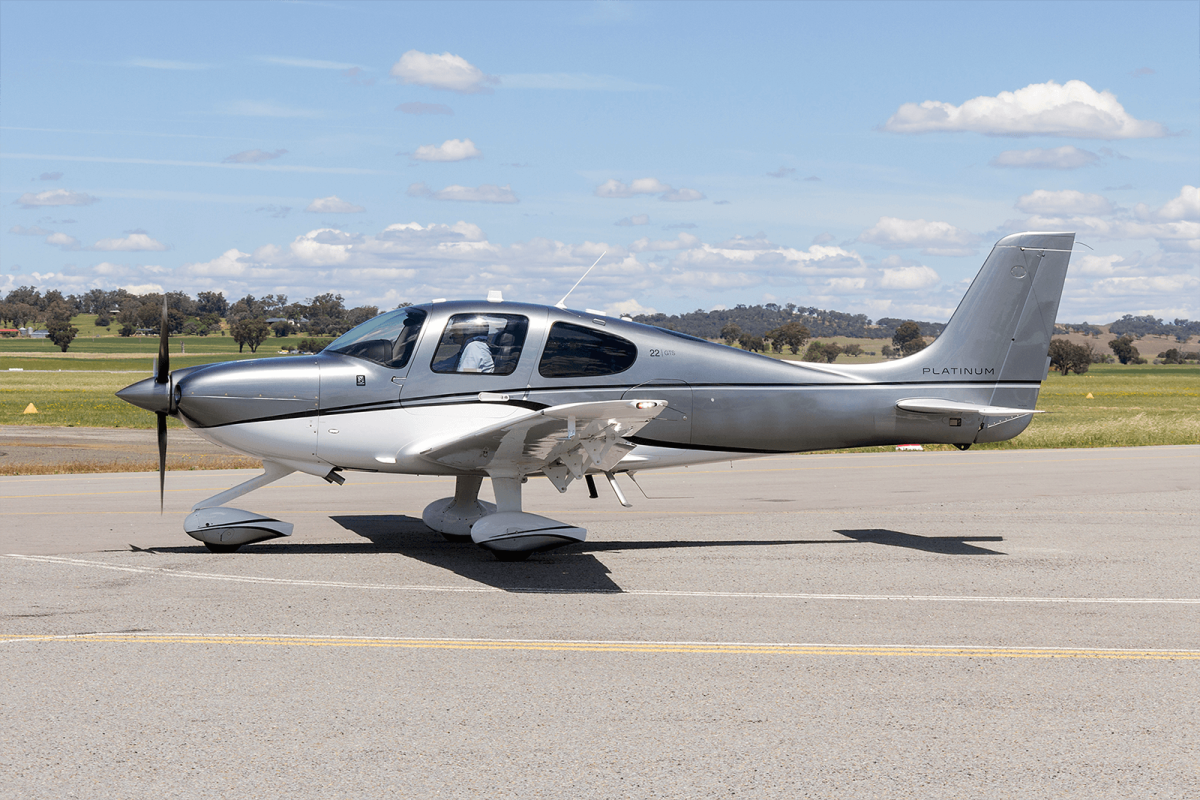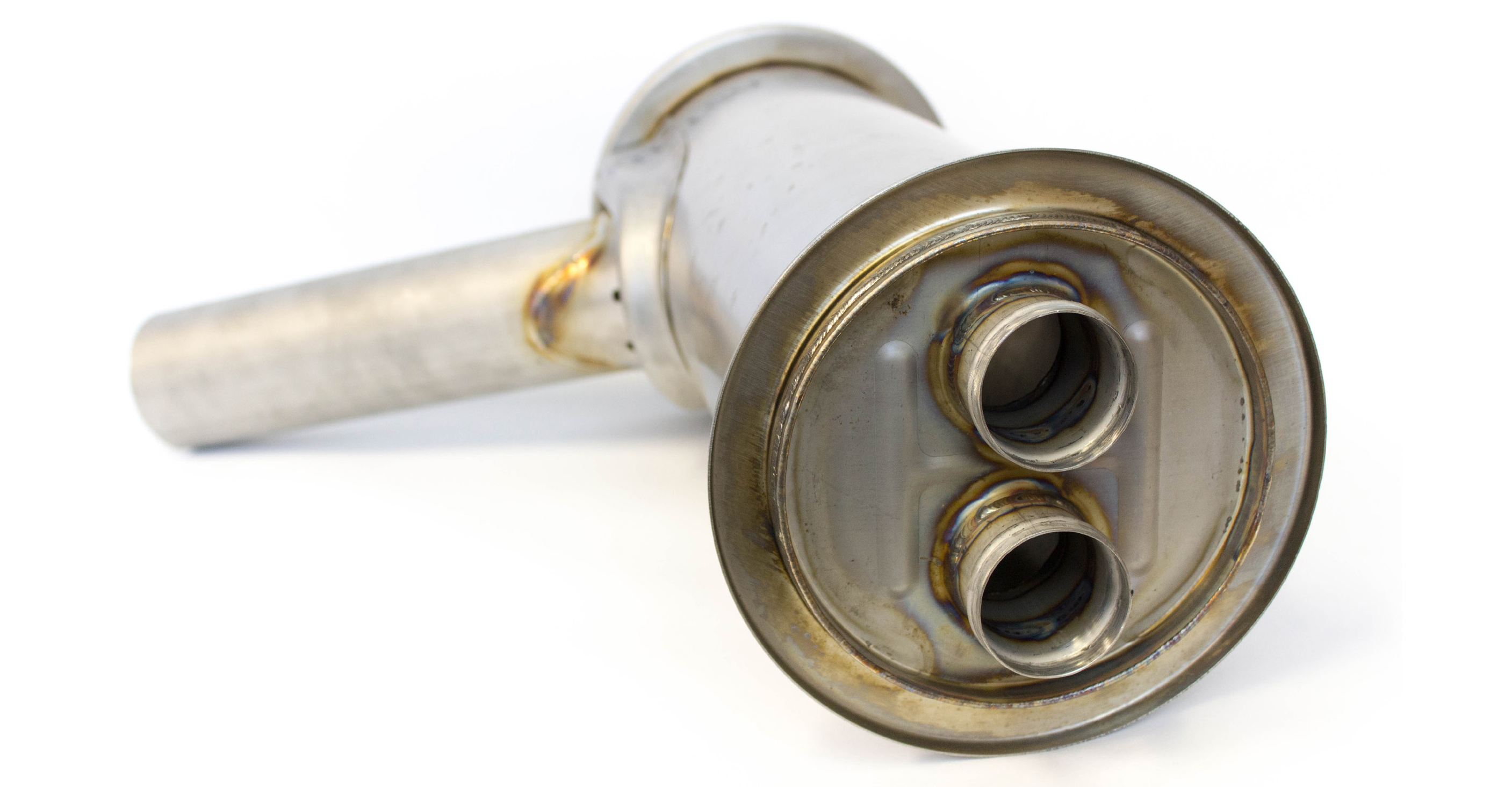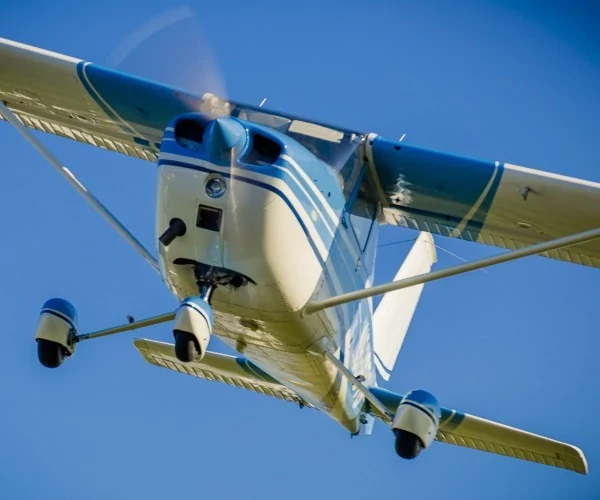Within an aircraft exhaust system, the muffler is most notably known for reducing engine noise – but its purposes extend well beyond that. Among other things, the muffler also helps provide heat for the cabin.
Most small single-engine aircraft achieve this by passing outside air over the muffler, heating it, and then pumping it into the cabin. When exhaust components are in proper condition, this works perfectly, as exhaust air and cabin air remain completely separate. However, if the aircraft muffler contains cracks or holes, it can cause these gases to mix and send carbon monoxide (CO) into the cabin.
How do cracked mufflers occur?
A cracked muffler can occur for a number of reasons, but most often it takes place as a result of extreme temperatures and rapid temperature changes that lead to metal fatigue. Vibrations within the aircraft exhaust system can also cause cracking to occur over time.
The threat of carbon monoxide
Carbon monoxide is a deadly gas, and a cracked muffler can increase the risk of it entering the cabin during flight – especially in the winter months when the heating system is running more frequently. If exhaust gas enters the cabin heat shroud, CO can incapacitate those on board and pose a deadly risk.
Symptoms of carbon monoxide poisoning include:
- Headache
- Shortness of breath
- Drowsiness
- Blurred vision
It’s worth noting that these symptoms tend to intensify as more CO enters the bloodstream. So while they may not be very noticeable at first, they can quickly escalate to dangerous levels.

What to do if experiencing symptoms of carbon monoxide poisoning
If you’re mid-flight and you begin experiencing any of the above symptoms, you need to act quickly to get on the ground and receive medical attention.
Before taking off, you should ensure you have a checklist on board to follow in such an event. Here are the steps it should outline:
- Turn off the cabin heat immediately to prevent more CO from entering the cabin.
- Open the fresh air vents in the cabin all the way to allow fresh air to enter the cabin and to force the poisoned air out. You should also open the cabin windows if you are able.
- Land the plane ASAP, communicate with air traffic control, and seek medical attention (ATC can help with this).
Note that CO poisoning impairs your judgement and motor skills, so take extra care when landing if you believe you are experiencing symptoms.
How to prevent CO poisoning
The best way to prevent carbon monoxide from entering the cabin is to make sure it is being inspected properly. Thorough preflight inspections as well as proper annual or 100-hour inspections will ensure this. Make sure any recurring exhaust system airworthiness directives are being complied with on time, as well.
Inspection of the muffler and aircraft exhaust system should observe:
- External appearance
- Internal condition
- Any signs that indicate warping or cracking may occur in the near future
- Heater inlet vents in the cockpit for any evidence of sooting
You may also want to install a portable CO detector in the cockpit to alert you before it’s too late. Any such detector should be replaced every 90 days to ensure proper working condition.
The important thing to remember is to not take shortcuts, as it could mean the difference between life and death.
Ensure a safe and comfortable flight with Nicrocraft
Nicrocraft produces aircraft mufflers and exhaust parts that are higher-quality and more durable than the competition – and we’ve been doing so for more than 50 years. All of our parts are 100% new manufacture built to the latest OEM specifications at our state-of-the-art facility in Oklahoma City.
We are a leading global supplier of aircraft exhaust parts for Piper, Cessna, Cirrus, Beechcraft, and more. Our line is constantly updated to remain on the leading edge of industry trends. We individually leak test each exhaust system to ensure compliance with safety and performance standards.
Contact us or request a quote today to experience flight like never before with the only aircraft exhaust parts built to take the heat.
Disclaimer: The content of this post is intended to provide educational background only and is not meant to serve as a definitive guideline or recommendation. Nicrocraft does not assume liability for any actions taken in accordance with this content.



